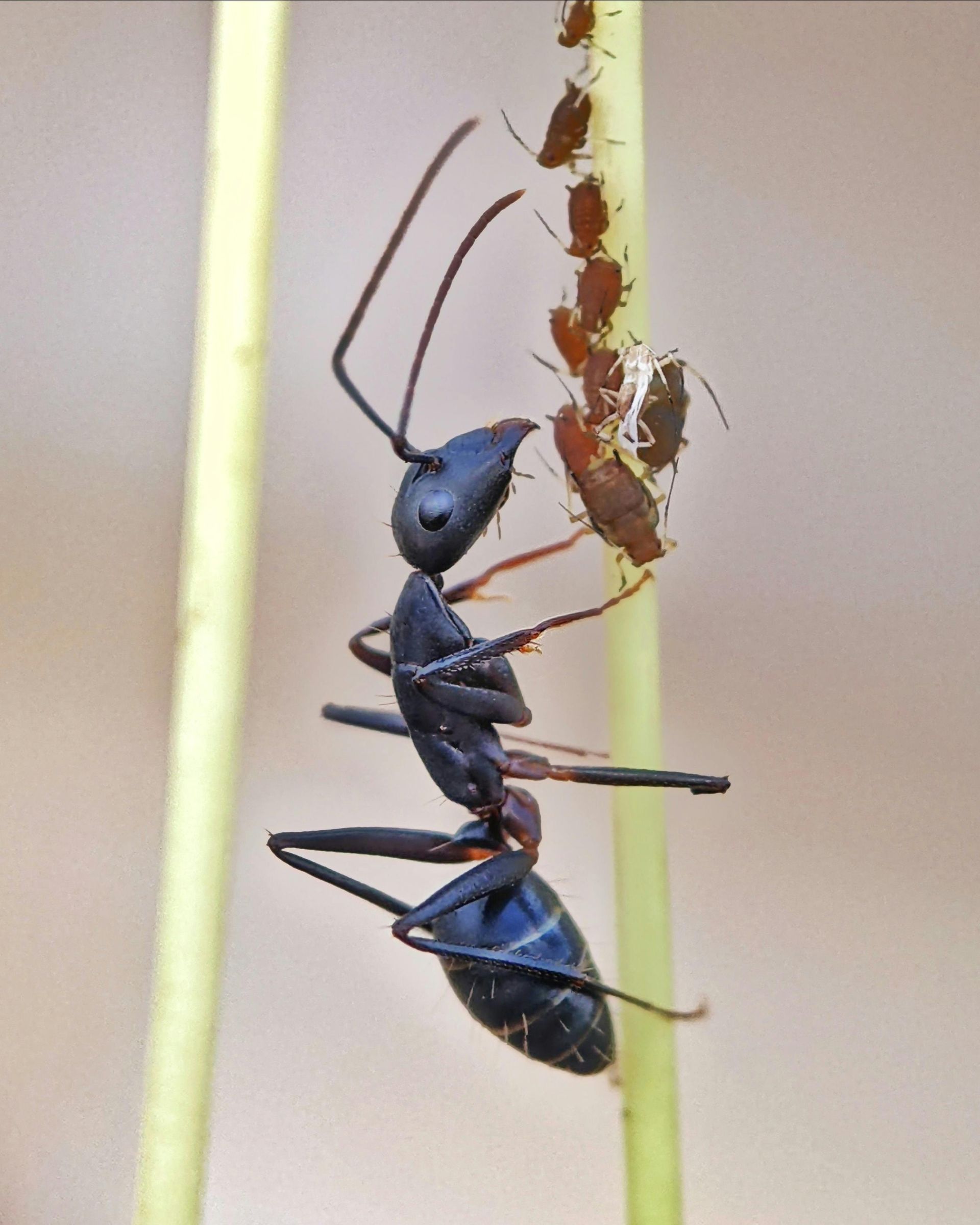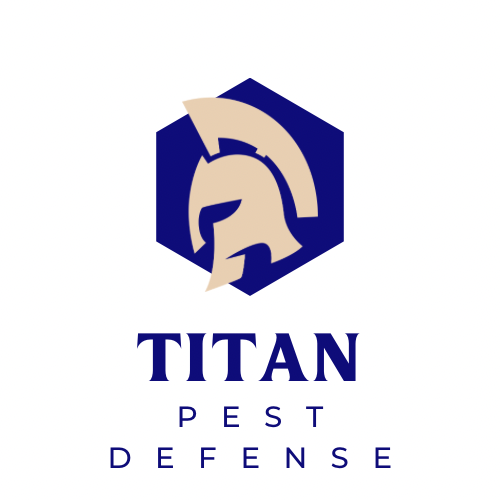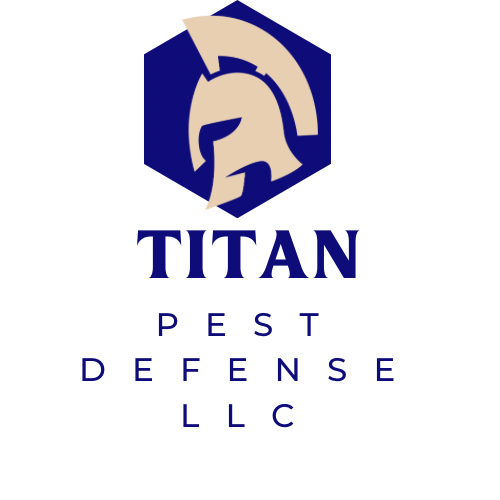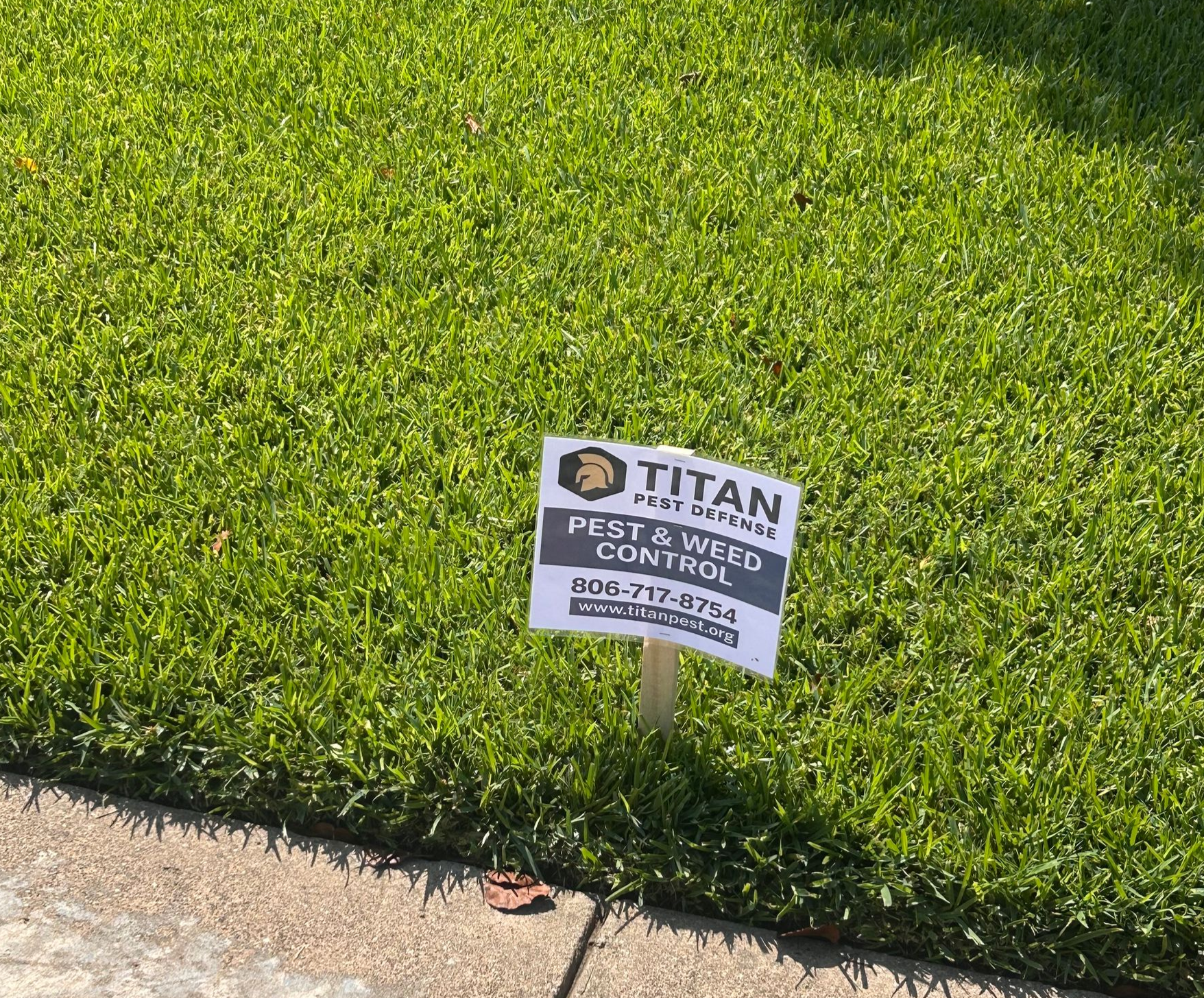Sugar Ants in Dallas, TX: Identification, Behavior, and Control
If you’ve ever walked into your kitchen and found a trail of tiny black ants headed straight for your cereal box or fruit bowl, you’ve probably encountered what most people refer to as sugar ants. While the term “sugar ant” is widely used, it’s actually a bit misleading—and not a scientific classification. In this guide, we’ll break down what sugar ants really are, why they show up in homes, and how residents in Dallas, TX can manage them effectively.
Whether you’re seeing them seasonally or year-round, understanding the biology and behavior of these ants is key to keeping your home pest-free.

What Are Sugar Ants?
“Sugar ant” is a general term used to describe several small ant species attracted to sweet substances. In the United States, it most commonly refers to:
- Odorous House Ants (Tapinoma sessile)
- Pavement Ants (Tetramorium caespitum)
- Pharaoh Ants (Monomorium pharaonis)
- Argentine Ants (Linepithema humile)
Interestingly, the true sugar ant (Camponotus consobrinus) is native to Australia and rarely found in the U.S.
In Dallas and the greater North Texas area, the most frequently encountered "sugar ants" are odorous house ants and Argentine ants—both known for forming large colonies and building trails into kitchens and pantries.
For professional help identifying and treating ant infestations, visit our Dallas pest control page for more guidance.
Why Are Sugar Ants Attracted to Your Home?
Sugar ants enter homes for one main reason: food. They are particularly attracted to simple carbohydrates like:
- Fruit
- Syrups
- Honey
- Candy
- Soft drinks
- Pet food
Crumbs, sticky spills, and even trash bins can become hotspots. Once an ant finds a reliable food source, it leaves behind a pheromone trail that tells the rest of the colony exactly where to go.
But food isn’t the only attraction. Sugar ants are also drawn to:
- Moisture – Leaky pipes, sink basins, and damp walls
- Shelter – Cracks in walls, foundations, and cabinetry
- Warmth – Especially during colder months
Ants are incredibly adaptable, which makes them one of the most common indoor pests nationwide. According to the National Pest Management Association (NPMA), ants are the number one nuisance pest in America.
What Do Sugar Ants Look Like?
Because several species are lumped under the “sugar ant” label, identification can vary. Here’s a quick comparison:
- Odorous House Ants 1/8 inch Brown or black Smell like rotten coconut when crushed
- Argentine Ants 1/16–1/8 inch Light to dark brown Extremely large colonies, fast-moving
- Pharaoh Ants 1/16 inch Yellow to reddish Often infest hospitals and warm buildings
- Pavement Ants 1/8 inch Brown with darker legs Nest under sidewalks and foundations
You may need a magnifying glass (or a pest control technician) to tell them apart properly.
Are Sugar Ants Dangerous?
Although sugar ants don’t bite or sting like fire ants, they can still pose problems:
- Food Contamination: Ants crawl through unsanitary places and can spread bacteria onto surfaces and food.
- Property Damage: Some species, like Pharaoh ants, may nest inside walls and wiring, causing long-term issues.
- Health Risks: According to the University of California’s Integrated Pest Management Program, Pharaoh ants are known to carry and spread pathogens in hospital environments.
So while they aren’t aggressive, sugar ants aren’t harmless either—especially in large numbers.
How Sugar Ant Infestations Begin
Sugar ants usually begin as scouts—individual foragers that locate food and report back. Within hours, that trail can turn into a highway of hundreds or thousands.
Once ants establish a reliable food or water source, they may:
- Build satellite colonies nearby
- Nest in walls, baseboards, or beneath floors
- Become active year-round if conditions stay favorable indoors
Infestations can be hard to eliminate without targeting the entire colony, not just the visible ants.
DIY Tips for Managing Sugar Ants
1. Clean Food and Crumbs Immediately
Wipe down counters, sweep floors, and store food in airtight containers.
2. Use Vinegar or Lemon Juice
These disrupt pheromone trails. Mix vinegar and water in a spray bottle and apply to entry points or ant paths.
3. Seal Entry Points
Use caulk or weather stripping to seal cracks in baseboards, window frames, and foundations.
4. Set Ant Baits (Not Sprays)
Ant sprays kill on contact, but don’t reach the colony. Baits, however, are carried back and shared with others. Use slow-acting baits like Terro or borax-based solutions.
Pro Tip: Avoid cleaning ant trails too soon after placing baits—they help guide ants to the treatment.
Why DIY Methods Often Fail
While DIY solutions can help reduce ant numbers, they rarely eliminate the problem entirely—especially if:
- You’re not sure which species you're dealing with
- The ants have multiple satellite colonies
- Moisture or structural issues continue attracting them
Also, overuse of store-bought sprays can make ants split into multiple colonies, a behavior called budding, which makes the problem worse.
If you've tried the basics and ants keep coming back, it may be time for professional intervention. We explain more on our Dallas pest control service page.
How Professionals Handle Sugar Ant Infestations
At Titan Pest Defense, we use an integrated pest management (IPM) approach that focuses on long-term prevention, not just short-term fixes.
Our Process Includes:
- Species identification
- Entry point inspection
- Targeted baiting and colony disruption
- Environmental recommendations (e.g., fix leaks, trim landscaping)
We choose baits and treatments based on ant biology—what works on odorous house ants won’t work on Argentine ants, and so on. This targeted approach is what makes professional pest control much more effective than off-the-shelf methods.
How to Prevent Sugar Ants Year-Round
Once your infestation is under control, keeping your home sugar-ant-free is all about prevention:
- Seal Gaps
Regularly inspect your home for new cracks, crevices, or unsealed plumbing entry points.
- Maintain Clean Habits
Even small spills can attract ants. Clean up sticky messes right away and vacuum regularly.
- Address Moisture Issues
Fix leaky sinks, running toilets, and excess humidity. Consider a dehumidifier in damp basements.
- Schedule Seasonal Inspections
A quarterly pest control service can identify and treat problems before they escalate. Dallas weather allows ants to stay active longer than in colder climates.
Final Thoughts
Sugar ants may seem like harmless kitchen invaders, but they can cause long-term frustration if left unchecked. Their complex colony systems, adaptability, and rapid reproduction make them more than just a seasonal annoyance.
If you're dealing with recurring sugar ant problems in your Dallas home, it's not just about wiping them away—it's about breaking the cycle.
For more insights into effective, long-term pest control, visit our Dallas Pest Control Services page.




